Sri Lanka, also known as the ‘Pearl of the Indian Ocean’, is a small yet beautiful island rich in history and culture, as well as flora and fauna. Found near the Bay of Bengal, the island nation home to a multicultural community.
The majority of Sri Lankans are Sinhalese, with Buddhism being the most followed faith. The minorities include Tamils, Muslims, and Burghers; with faiths such as Hinduism, Islam, and Christianity.
In the past, Sri Lanka has borne many other names owing to its unique geographical placement, as well as due to its colonial eras. Being in close proximity to India, and also in between trade routes connecting Europe and Asia, Sri Lanka has received monikers such as ‘Thambapanni’, ‘Taprobane’, and ‘Serendib’.
Under British rule, it was known as Ceylon, a name still used in certain products manufactured there; one such world-renowned product being ‘Ceylon Tea’. While the British colonised Sri Lanka from 1796 to 1948, the country was also ruled by the Portuguese, between 1505 and 1658; as well as the Dutch, from 1658 to 1796.
Although a small island, Sri Lanka is home to boundless beauty. With warm, sunny beaches, and tropical rainforests—with elusive endemic creatures, and historical sites dating back to even the 4th and 5th centuries—the island has so much to offer to those visiting it.
Along Sri Lanka’s Southwestern Coast, lies one of its most famous beaches: Hikkaduwa. This destination has a lot of scenic beauty that would reel you in, as well as many engaging activities that would keep you hooked.

Explore the sea in Sri Lanka
Those who wish to take a dip in the sea could go snorkelling or scuba-diving to explore the underwater wonders in the area; and aside from the diverse marine life, another spectacle that would catch your eye in Hikkaduwa, are the coral reefs. Weligama, Tangalle, and Unawatuna, which are further down the Southwestern Coast after Hikkaduwa, are a few other places where you could find coral reefs. With great beach breaks, Hikkaduwa is an attraction to many surfers, along with the previously-mentioned Weligama and Unawatuna areas.
Mirissa and Hiriketiya, which are found in the Southern Coast, are two other beautiful (and calmer) destinations where you could enjoy some surfing. When it comes to point breaks, however, Arugam Bay, in the Southeast, is where you’d want to be.
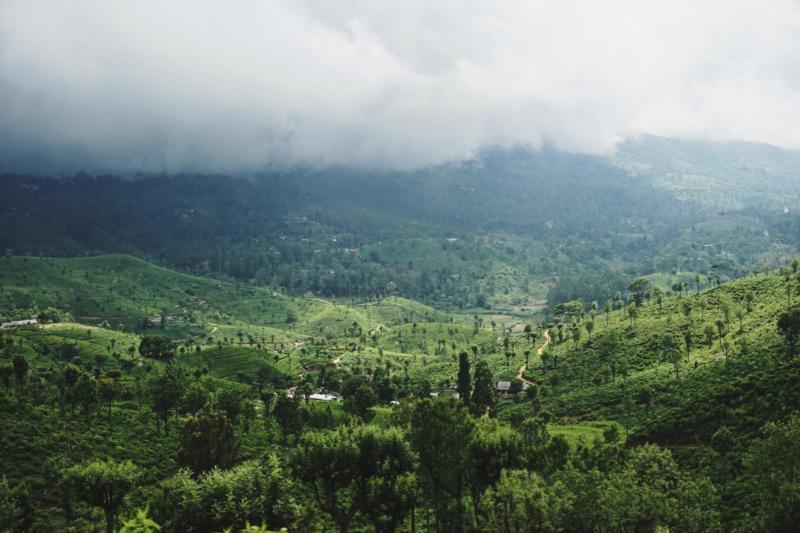
Forest in Sri Lanka, alluring places to start
To those who wish to explore the deep forests of the island, the Sinharaja, Makandawa, Yagirala, and Kanneliya rainforests are some alluring places to start. Sri Lanka’s tropical rainforests are densest in the Southwestern region. From there, they spread towards the Central Province, also known as the ‘Hill Country’ due to its vast mountain ranges and gorgeous waterfalls. Three mountain ranges that stand out from the rest are the Knuckles, Namunukula, and Alagalla ranges.
The Knuckles range is found between the Kandy and Matale districts of the Central Province and is home to creatures such as deer, giant squirrels,. and blue magpies. Meanwhile, the Namunukula mountain range is located in the Uva Province, while the Alagalla range is found between the Sabaragamuwa and Central provinces.
Pidurutalagala Mountain
‘Pidurutalagala’, standing at 2,524m, is the tallest mountain in Sri Lanka. It’s found in the Nuwara Eliya District of the Central Province. However, a visit to this mountain is complicated as it’s a ‘High-Security Zone’ occupied by the military. Tourists can only travel by vehicle, and must first be checked at the foot of the mountain before being allowed to pass through.
You must have your passports with you at the checkpoint. Other noteworthy mountains are ‘Kirigalpoththa’ in Nuwara Eliya, Riverston Peak in Matale, Lipton’s Seat in Haputale, and Adam’s Peak (‘Sri Pada’) in Ratnapura. Thousands of local pilgrims can be found flocking to the latter between December and April for religious observances.
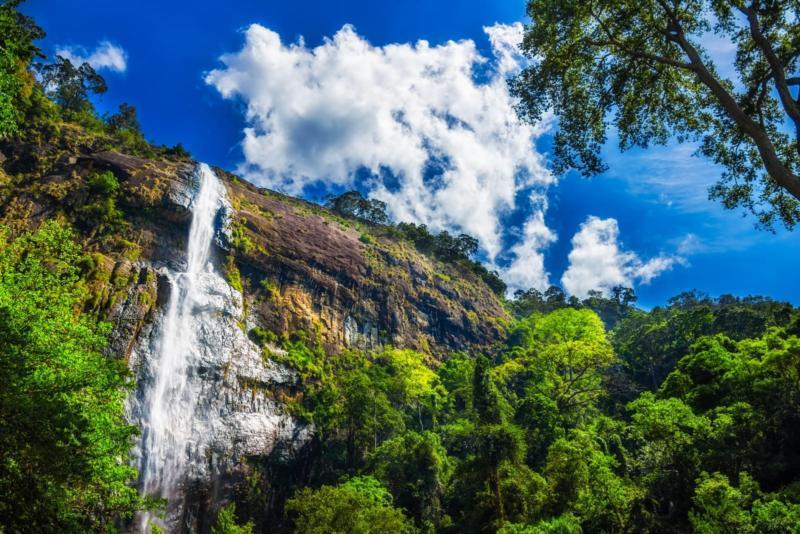
Waterfalls
When it comes to waterfalls, ‘Bambarakanda Ella’ towers above all with a height of 263m. A few other magnificent cascades found in the country are; Diyaluma Falls, Devon Falls, ‘St. Claire’s’, Baker’s Falls, and ‘Bopath Ella’.
But, another wondrous sight to behold in the Central Province are the Horton Plains; a plateau standing at 2,100m, bearing a vast region of grasslands and marshes that span 3,169 hectares. A noteworthy feature of this place is the 900-metre ‘World’s End’ escarpment at its southern limit.
Sri Lanka’s natural beauty
Equal to Sri Lanka’s natural beauty stands its historical counterpart, for it is deeply rooted in ancient traditions and ingenuity. When it comes to intriguing architecture and ancient ruins, there are many alluring sites scattered across the island; and for those looking for them, districts such as Anuradhapura, Polonnaruwa, Kandy, and Galle are definite ‘must-sees’. The Anuradhapura District houses magnificent stupas such as the ‘Ruwanweliseya’ and ‘Jetavanaramaya’.
Found not far apart from each other, these are two of the tallest stupas in the country. Another beautiful feature you’d find near the ‘Ruwanwelisaya’ is the ‘Sacred Bo Tree’, which is said to be around 1,732 years old. The ‘Jetavanaramaya’, now standing at 70m, is believed to have once reached around 120m; this would have made the stupa second only to the Egyptian pyramids, back when it was built in the 3rd Century.
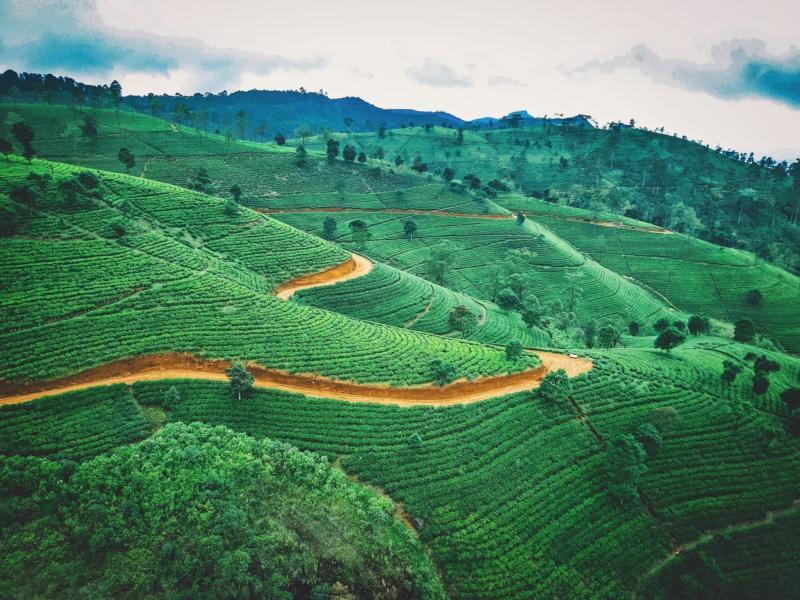
Sigiriya Rock Fortress
Not far off from Anuradhapura, you’d find the Sigiriya Rock Fortress, which was built by King Kassapa I. This fortress, which stands atop a 200-metre boulder, is said to have been constructed within seven years. A gorgeous green esplanade leads you to the foot of the great rock, and along your climb to the top, you’d find its other aspects, such as the ‘Lion Gate’, the ‘Mirror Wall’, and frescoes.
What adds more to its splendour is that Sigiriya was named a ‘UNESCO World Heritage Site’ in 1982, but it’s not the only one to bear that title. The Polonnaruwa District’s ‘Gal Vihara’ (Stone Temple) is another such site. Two other noteworthy historic places to visit are the Dambulla Cave Temple in Matale, which is the largest of its kind in the country; and the ‘Temple of the Tooth Relic’, which was once part of the Kandyan Royal Palace Complex.
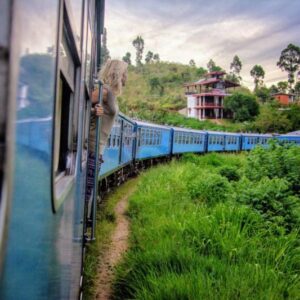
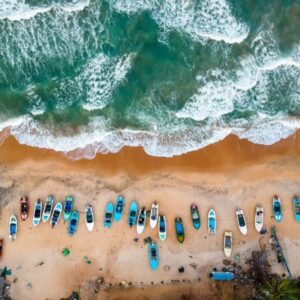
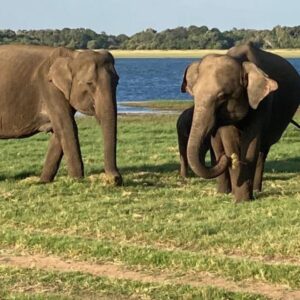
Leave a Reply